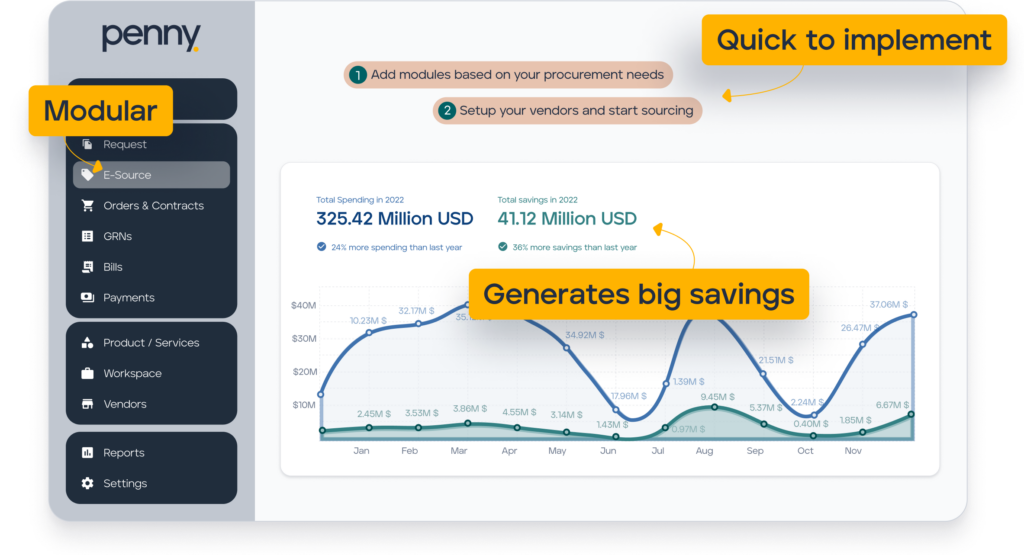Procurement workflows play a vital role in business success. It ensures that organizations acquire the goods and services they need to operate effectively while managing costs, supplier relationships, and compliance. However, procurement processes can often become inefficient, slowed down by manual workflows, outdated systems, and a lack of visibility. According to Deloitte’s 2023 Global Chief Procurement Officer (CPO) Survey, high-performing procurement organizations are three times more likely to deploy advanced analytics and robotic process automation (RPA). These technologies are critical for improving decision-making, streamlining workflows, and driving cost optimization.
Automation is no longer a luxury—it’s a must for organizations aiming to save time, cut costs, and improve productivity. By automating key procurement workflows, businesses can focus on what matters most: strategy, building strong supplier relationships, and delivering results.
Here are seven essential procurement workflows you should automate to streamline your operations and maximize efficiency.

Why Automate?
- Speeds up the onboarding process, allowing suppliers to start working faster.
- Reduces errors by automating document collection and verification.
- Ensures suppliers meet compliance requirements effortlessly.
Organizations adopting supplier collaboration as a strategic priority have reported a 61% improvement in supplier performance, according to Gartner, showcasing the value of streamlining onboarding through digital tools.

Why Automate?
- Standardizes requisition requests, eliminating inconsistencies.
- Speeds up approvals by notifying the right people instantly.
- Provides visibility into the status of requests to avoid bottlenecks.
According to Gartner’s Procurement Functional Transformation Survey, organizations focusing on designed simplicity in their workflows achieve a 42% higher success rate in transformation efforts compared to traditional methods.

Why Automate?
- Streamlines the distribution and collection of RFPs and RFQs.
- Provides standardized and transparent supplier comparison tools.
- Enhances speed and accuracy in selecting the most suitable suppliers.

Why Automate?
- Ensures accurate POs by using pre-approved templates.
- Tracks POs in real-time for complete visibility.
- Reduces errors by automating order validation and approvals.

Why Automate?
- Matches invoices automatically with corresponding POs and receipts.
- Speeds up payment cycles, avoiding late fees.
- Strengthens supplier relationships through consistent and timely payments.

Why Automate?
- Tracks supplier performance metrics in real-time.
- Identifies trends and underperformance quickly.
- Builds stronger supplier relationships through consistent evaluations.

Why Automate?
- Provides real-time insights into spending patterns.
- Identifies cost-saving opportunities.
- Makes reporting simpler, faster, and more accurate.
How Penny Software Can Help

At Penny Software, our platform is designed to transform procurement operations by automating critical workflows and fostering better governance across the procurement lifecycle. We empower organizations to not only save time and reduce errors but also to ensure compliance, transparency, and accountability at every step.
Summary
Automating procurement workflows is no longer a luxury; it’s a strategic imperative. By implementing these seven workflows, organizations can not only cut costs and increase efficiency but also build resilient, future-ready procurement operations. The data speaks for itself: whether it’s the millions saved through automated S2P systems or the transformation success achieved with advanced analytics, automation paves the way for smarter procurement decisions.

